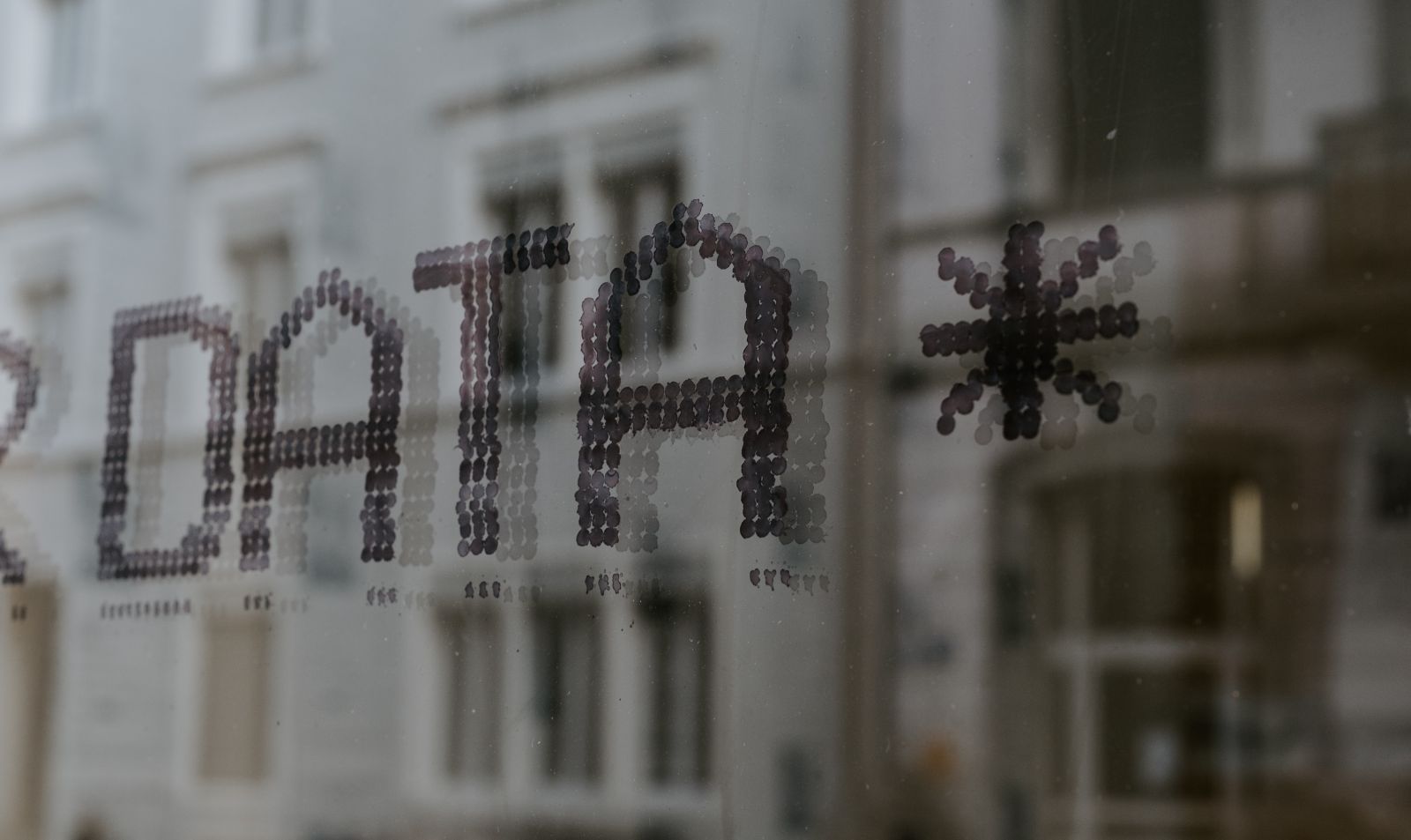In today’s digital age, the secure sharing of files and sensitive data is of paramount importance for businesses and organizations across various industries. Traditional methods of file sharing, such as email attachments or physical documents, often lack the necessary security measures to protect sensitive information from unauthorized access or data breaches. This is where Virtual Data Rooms (VDRs) come into play. In this blog post, we will explore how Virtual Data Rooms ensure secure file sharing and data encryption, offering a robust solution for organizations that prioritize data security.
Understanding Virtual Data Rooms:
Virtual Data Rooms are online repositories that provide a secure platform for storing, managing, and sharing confidential documents and data. They are commonly used during mergers and acquisitions, due diligence processes, fundraising, and other sensitive business transactions. Virtual Data Rooms offer a wide range of security features to safeguard data throughout its lifecycle.
Robust Access Control:
One of the primary ways Virtual Data Rooms ensure secure file sharing is through robust access control mechanisms. Administrators can set granular permission levels and access rights, allowing only authorized individuals to view, edit, download, or share specific documents. This ensures that sensitive information is accessible only to those who need it, reducing the risk of accidental or malicious data leaks.
Data Encryption:
Virtual Data Rooms employ strong encryption algorithms to protect files and data both during transit and at rest. Encryption converts data into an unreadable format that can only be deciphered using a decryption key. With end-to-end encryption, files remain encrypted throughout their entire journey, safeguarding them from interception or unauthorized access. Advanced encryption standards, such as AES 256-bit encryption, are commonly used in Virtual Data Rooms to ensure the highest level of security.
Watermarking and Dynamic Watermarks:
To further enhance security and prevent unauthorized distribution, Virtual Data Rooms often include watermarking features. Watermarks can be applied to documents, displaying the recipient’s name, email address, or other identifying information. Dynamic watermarks are unique to each user, enabling organizations to trace the source of any leaked documents back to the specific individual who accessed them.
Activity Tracking and Audit Logs:
Virtual Data Rooms offer comprehensive activity tracking and audit logs, providing a detailed record of all user interactions within the platform. These logs include information such as document access, downloads, edits, and sharing activities. This level of transparency enables organizations to monitor user behavior, detect potential security breaches, and investigate any unauthorized activities, ensuring accountability and compliance with regulatory requirements.
Two-Factor Authentication (2FA)
Virtual Data Rooms often incorporate two-factor authentication as an additional layer of security. With 2FA, users are required to provide two forms of identification before accessing the platform, typically a password and a unique verification code sent to their registered device. This mitigates the risk of unauthorized access, even if login credentials are compromised.
In an era where data breaches and cyber threats are on the rise, secure file sharing and data encryption have become paramount for businesses. Virtual Data Rooms offer a comprehensive solution to protect sensitive information during collaboration, due diligence, and other critical processes. By implementing robust access controls, encryption protocols, watermarking features, activity tracking, and two-factor authentication, Virtual Data Rooms ensure that confidential data remains secure, mitigating the risks of unauthorized access and data leaks. Embracing Virtual Data Rooms is a proactive step towards safeguarding valuable information and maintaining the trust of clients, partners, and stakeholders in an increasingly interconnected world.



